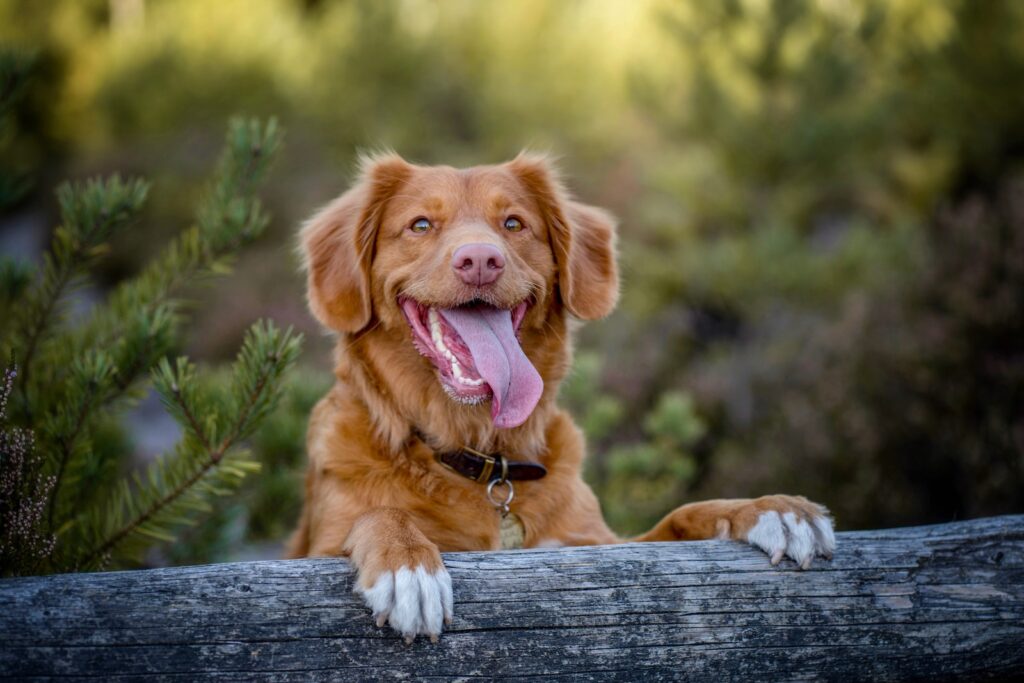Can Dogs Eat Basil? — Yes, They can
Basil is a delightful herb that is commonly used in various culinary dishes. Fortunately, you can share this aromatic herb with your furry friend! Dogs can indeed eat basil, and it can even provide them with several health benefits.
Can Puppies Eat Basil?
Yes, puppies can enjoy the flavorful herb as well. However, it is important to introduce basil gradually into their diet and in moderation, ensuring it does not make up a significant portion of their meals.
Things to consider when feeding Basil to puppies?
When feeding basil to puppies, it’s essential to monitor their reactions and any potential sensitivities. Additionally, always consult with your veterinarian before introducing any new food into your puppy’s diet.
Nutritional Benefits of Basil for Dogs — Why Basil is good for Dogs?
Filled with Antioxidants
Basil is packed with antioxidants that help protect your dog’s cells from damage caused by harmful free radicals. These antioxidants may contribute to reducing the risk of chronic diseases and support overall well-being.
Anti-inflammatory Properties
Basil contains essential oils with anti-inflammatory properties that can potentially alleviate inflammation in dogs. This could be beneficial for dogs with conditions such as arthritis or other inflammatory diseases.
Rich in Vitamins
Basil is a great source of vitamins A, K, and C. These vitamins play a crucial role in promoting a strong immune system, maintaining healthy vision, and supporting proper blood clotting in dogs.
Source of Minerals
Furthermore, basil provides essential minerals like calcium, iron, and magnesium. These minerals are vital for various bodily functions, including bone health, oxygen transport, and muscle contractions.
Aids Digestion
The natural compounds found in basil can aid in digestion by promoting the production of digestive enzymes. This can help prevent digestive discomfort and improve overall gut health in dogs.
Potential Allergies: Can Dogs Be Allergic to Basil?
While basil is generally safe for dogs, some individuals may be allergic to this herb. It is crucial to keep an eye out for any adverse reactions when introducing basil into your dog’s diet for the first time.
Symptoms of Basil Allergies in Dogs
- Rash or hives
- Inflammation or itching
- Difficulty breathing
What to Do If Your Dog Shows Symptoms?
- If your dog shows any symptoms of an allergic reaction, seek veterinary care immediately.
- Do not give your dog any more basil or any potentially allergenic foods.
- Follow your vet’s advice and consider allergy testing if necessary.
Recommended Amount: How Much Basil Can a Dog Consume?
As with any herb or food, moderation is key. For small to medium-sized dogs, a teaspoon of chopped basil added to their meal once or twice a week should be sufficient. Larger dogs can have up to a tablespoon.
Things to Consider When Feeding Basil to Dogs
Always ensure the basil is fresh and free from any additives, such as garlic or onions, as these can be harmful to dogs. Additionally, avoid feeding your dog excessive amounts of basil, as it may cause digestive upset.
How to Feed Basil to Dogs: A Quick Guide
Introducing basil to your dog’s diet can be a delightful experience. Here’s a simple recipe to get you started:
Basil-Infused Dog Treats
Ingredients:
- 1 cup oats
- 1/4 cup fresh basil, finely chopped
- 1/2 cup peanut butter (make sure it does not contain xylitol, which is toxic to dogs)
- 1/4 cup water
Instructions:
- In a mixing bowl, combine all the ingredients.
- Knead the mixture until well combined and forms a dough-like consistency.
- Roll the dough into small balls or use a cookie cutter to shape them into desired shapes.
- Place the treats on a baking sheet lined with parchment paper.
- Bake at 350°F for about 15 minutes or until golden brown.
- Allow the treats to cool completely before serving them to your furry friend.
Conclusion
In conclusion, dogs can safely enjoy basil in their diet. It offers various nutritional benefits, including antioxidants, anti-inflammatory properties, and essential vitamins and minerals. However, it is essential to introduce basil gradually and in moderation. Keep an eye out for any allergic reactions, and always consult with your veterinarian before making any significant changes to your dog’s diet. Happy cooking for your canine companion!






